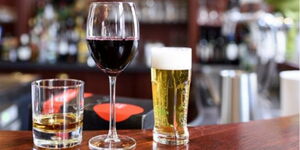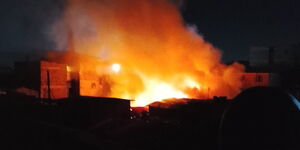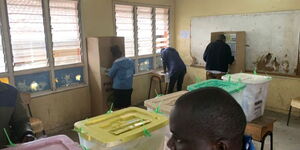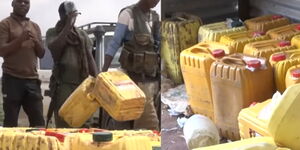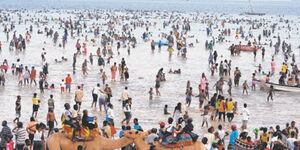Ever wondered why before a plane takes off, truck-like vehicles would surround and spray it with a water-like liquid?
In aviation terminology, this practice is called ‘deicing’
Deicing is a critical maintenance process of removing snow, ice, or frost from an aircraft's surface.
Deicing fluid is a mixture of a chemical called glycol and water, which is generally heated and sprayed under pressure to remove ice and snow from the aircraft.
Aircraft are designed to fly with clean surfaces, and during colder periods of the year, icy materials can build up, disrupt airflow, and interfere with a safe take-off.
Importantly, aviation rules require that an aircraft’s wings and tail be free of snow, ice and frost before takeoff.
Frozen precipitation is dangerous because it changes the shape and texture of the wing.
The top of the wing needs to be smooth for optimum performance. Frost changes the wing texture to something like sandpaper.
Snow is even worse, it changes the aerodynamic shape of the wing.
On a “clean” wing, the air flows smoothly. On a wing “contaminated” with frost or snow, the air has trouble sticking to the wing surface.
The air separates and becomes turbulent. When this happens, the plane loses lift which could be dangerous.
When you see airliners being de-iced on a clear, chilly morning, it’s probably because they have frost on the wings.
Equally, there are also circumstances when planes are sprayed when they land. It is a tradition known as the “water salute.”
The salute is equally performed for ceremonial purposes, such as when an aeroplane is being retired.
Additionally, when an aeroplane makes its final flight, it is honoured with the water salute once it lands on the tarmac.
Water salutes are also used to mark the retirement of a senior pilot or air traffic controller.
It can also be performed as last respect to honour soldiers killed in action, or other notable events.


